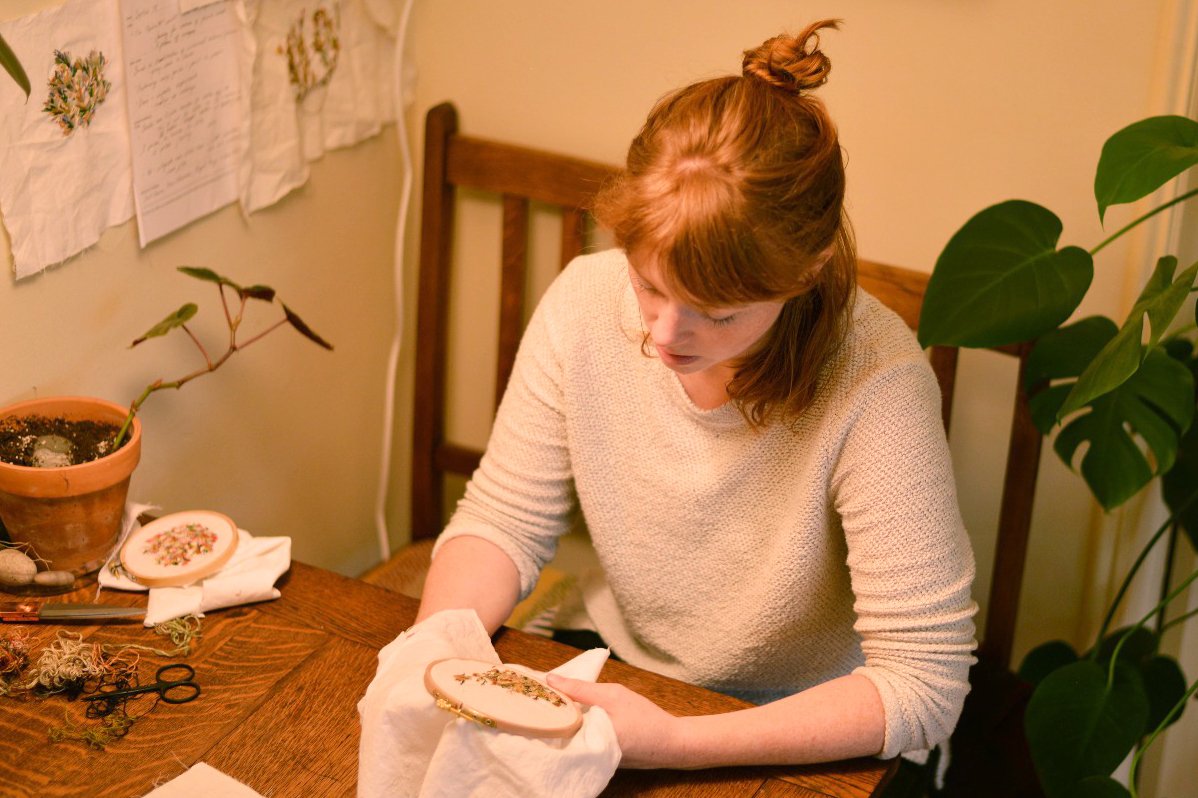Sophie MacNeill
Sophie MacNeill is a registered Landscape Architect, textile artist, teacher, Noun Project creator and multidisciplinary designer. She is greatly influenced by her natural surroundings and the compulsion to look closely at the world around her. Having studied Fine Arts, Environmental Design and Landscape Architecture, Sophie is called to create places and art that offer similarly formative and meaningful experiences for others. In her daily work as a Landscape Architect, Sophie manages a diversity of public realm landscape projects that advance climate action, social justice, and an ethos of stewardship and reciprocity. Her artistic practice mirrors the professional, examining themes of ecology and connection through the slow and deliberate processes of drawing and stitching.
Hi Sophie! Tell us about yourself - how did you get to where you are today and when did you first become interested in art, design, and landscape architecture?
Born and raised on Vancouver Island in BC, I've found work, studies and meaning in the intersecting paths of landscapes, craft, art and community. My formal education includes a diploma of Fine Arts, a Bachelor of Environmental Design, and a master's in landscape architecture, but as a lifelong learner, I've continued to pursue studies in ecological restoration, gardening, textile crafts, illustration, and mindfulness. My love of nature and design led to my career in Landscape Architecture, which I currently do full-time in Vancouver. In addition, I've found meaning in tending my community garden, teaching courses and workshops in Horticulture and Textile Arts, and processing my life through daily acts of artistic expression. My creative practice includes drawing, writing, and most frequently, mapping meaning and recording time through slowly stitching.
Even though it may not seem like it, my work designing landscapes, teaching horticulture, and expressing myself through tactile processes like drawing and stitching overlap in various ways. Themes of time and place at the intersection of ecology and craft have been recurring ideas in my work as an artist, landscape architect and teacher for many years. I'm fascinated by how we form relationships with the world around us – particularly plants and landscapes. In times of constant crisis, I believe looking closely at and learning from the more-than-human world is urgent. So whether I'm teaching, stitching or designing, I'm always exploring ways we can slow down, look closely, and meaningfully connect with our natural world.
What are the most valuable things you’ve learned in your own studies and explorations, or topics that have piqued your interest the most?
Before I became a Landscape Architect, I worked for years as a landscaper and gardener, so teaching Horticulture this past year was, in many ways, returning to my roots. I really enjoyed teaching a course about Horticulture and Society, where we explored the history of horticulture and why plants and humans have the relationships they do today. The root meaning of “horticulture” is very different from “nature” – it is about humans actively engaging with and influencing how plants grow. I learned a lot in my efforts to apply a two-eyed seeing approach by balancing Indigenous and Western sciences and critically examining the enduring legacy of colonization and inequity in my profession. Despite the tremendous effort of developing the course content, engaging with the students and researching some of these topics in more detail was incredibly energizing. I have no doubt that teaching is one of the most effective ways of learning, and I look forward to more opportunities to do both.
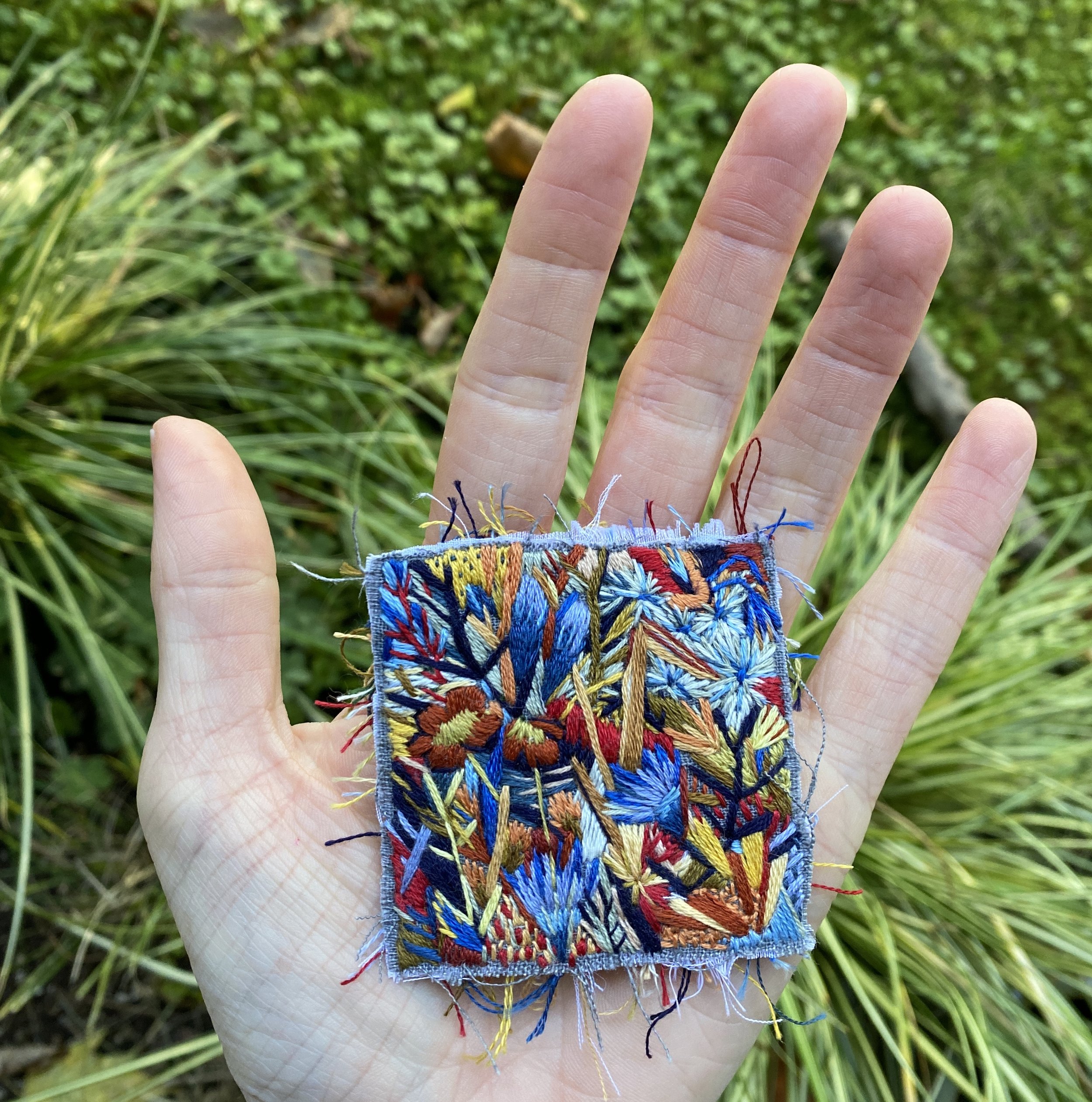

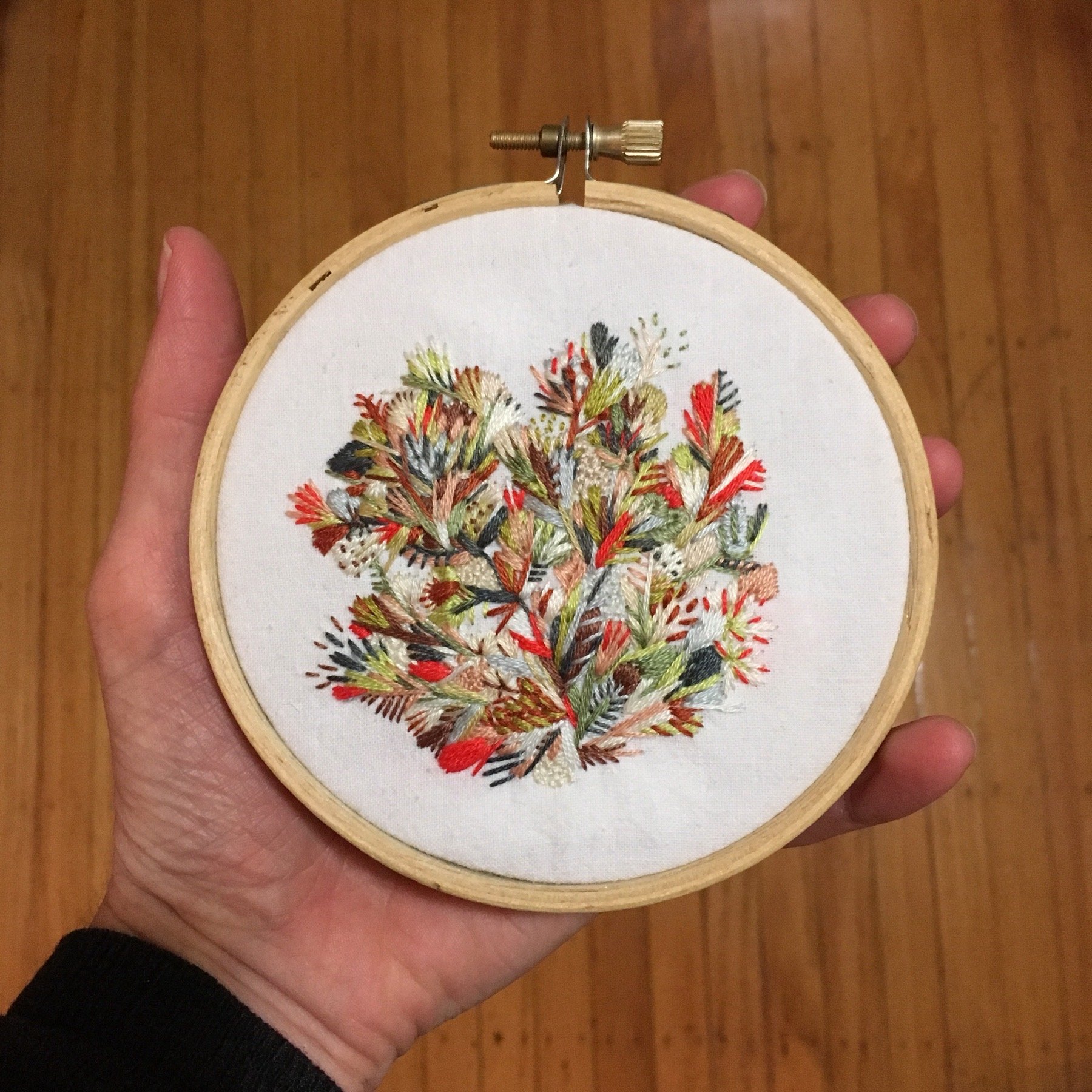
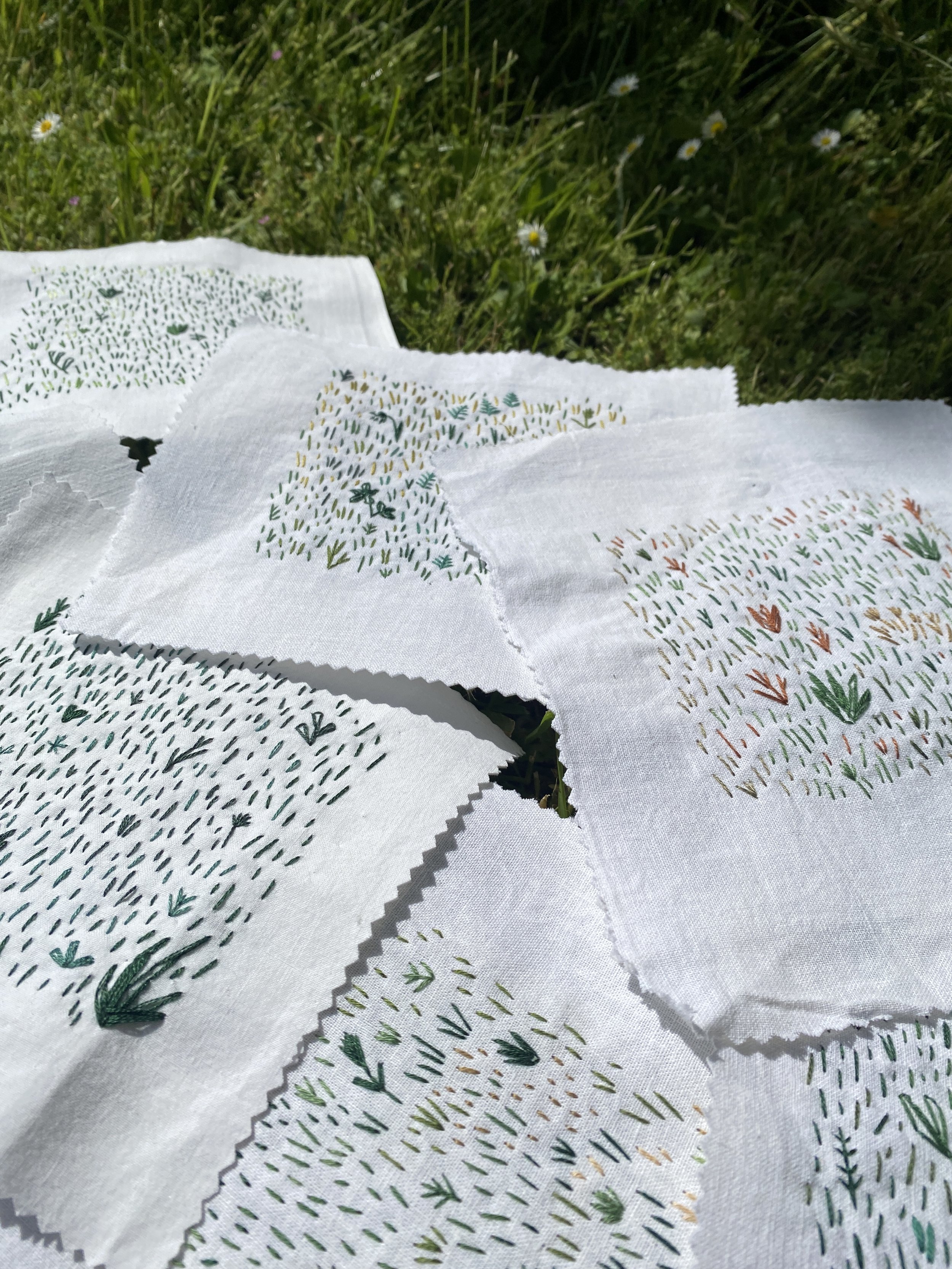
How did you discover Noun Project and what led you to start designing icons?
I’ve been using Noun Project as a resource for icons since my undergrad in Environmental Design (15 years ago!). Whenever I couldn’t find a particular icon, I realized I had to make my own, and I felt it only fair to start uploading the ones I made to share. As someone who always needs to have busy hands, often when I’m listening to a podcast or even watching something on TV, I like to be able to stitch or doodle. My habit of doodling is actually what led to my practice of stitching, and I eventually recognized that many of the things I enjoyed drawing (plants, trees, people, etc.) could easily be converted into icons. I love the community aspect of Noun Project and the idea that the little doodles I make can live on in other people’s projects.
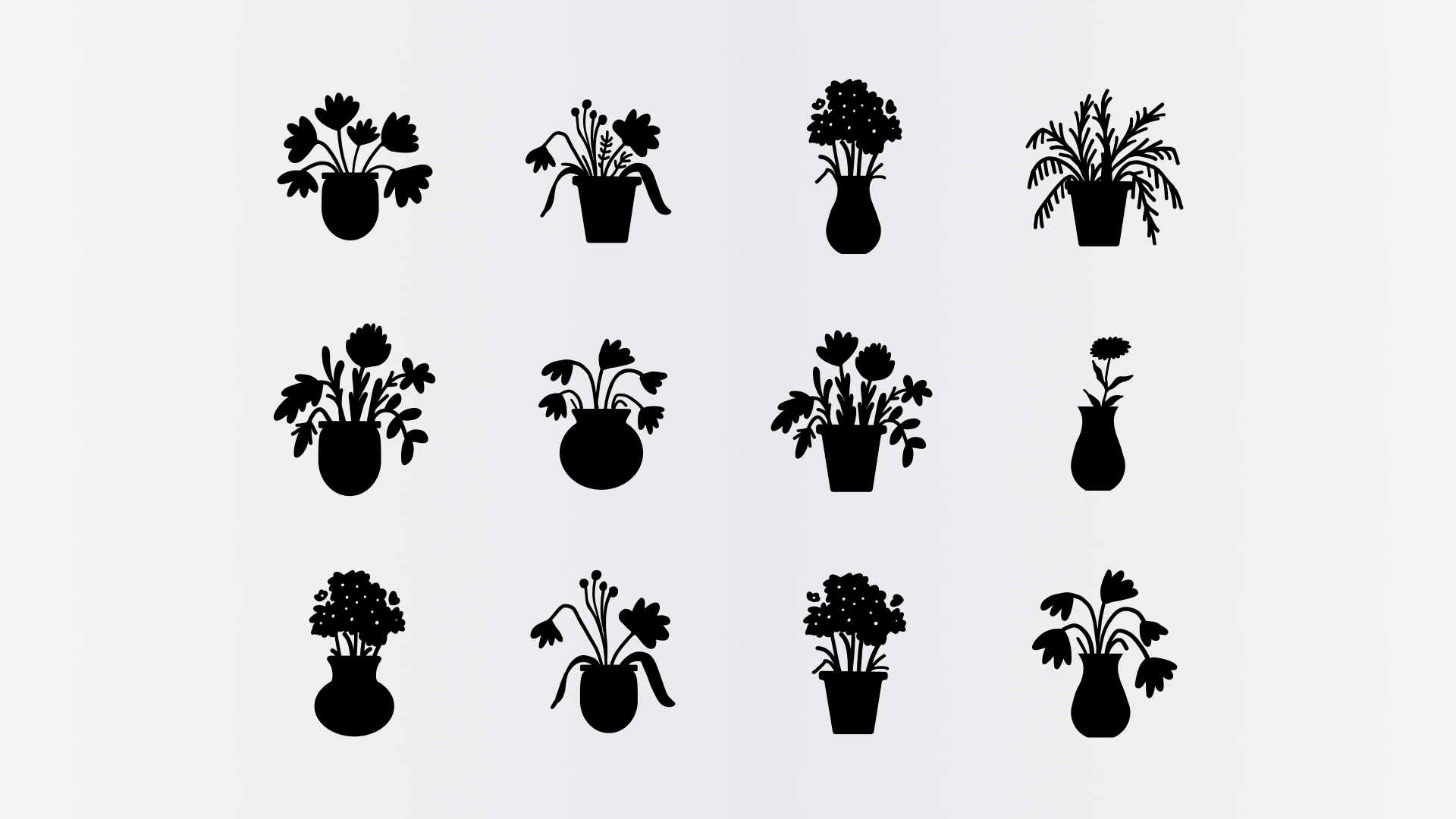
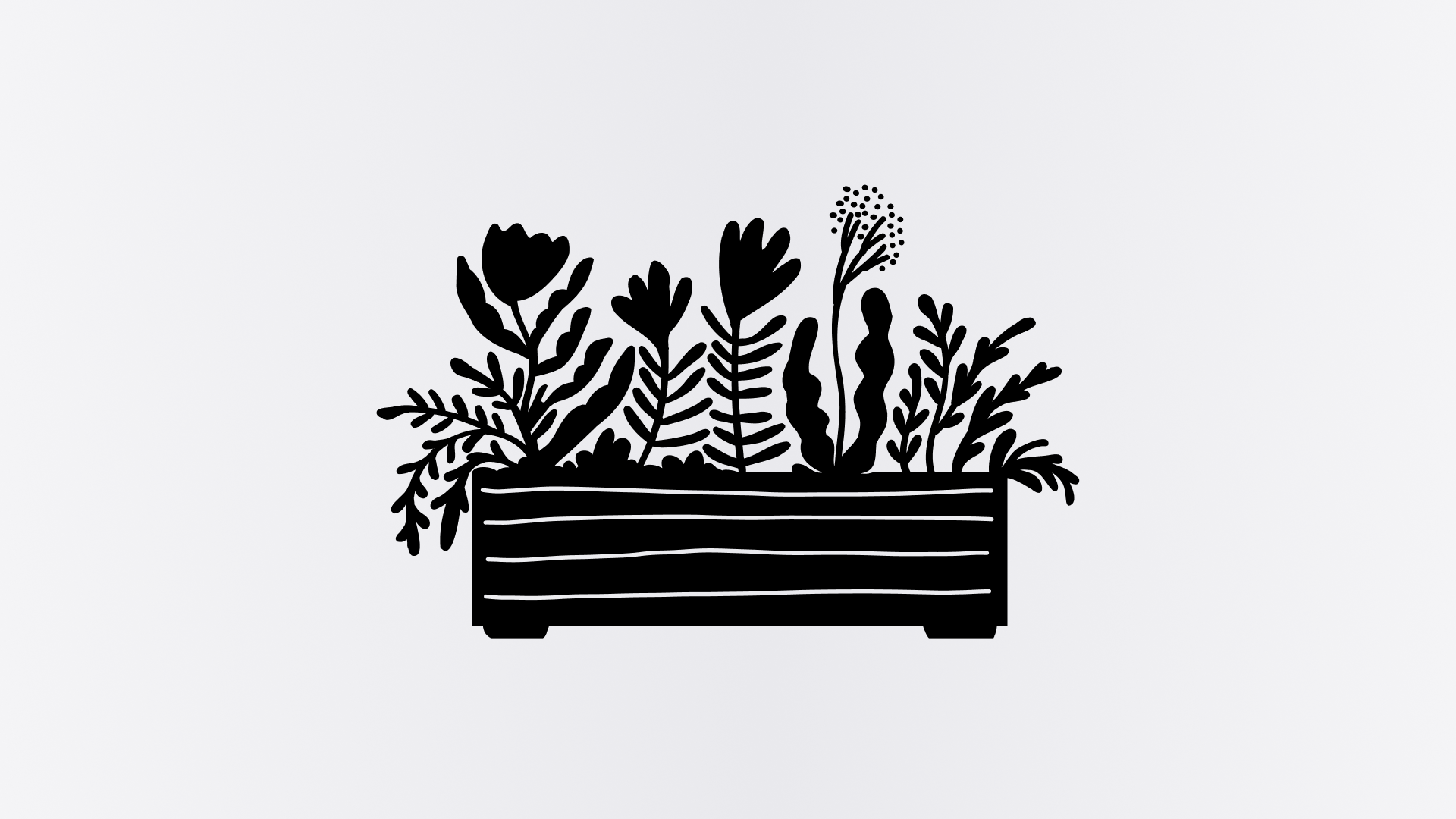
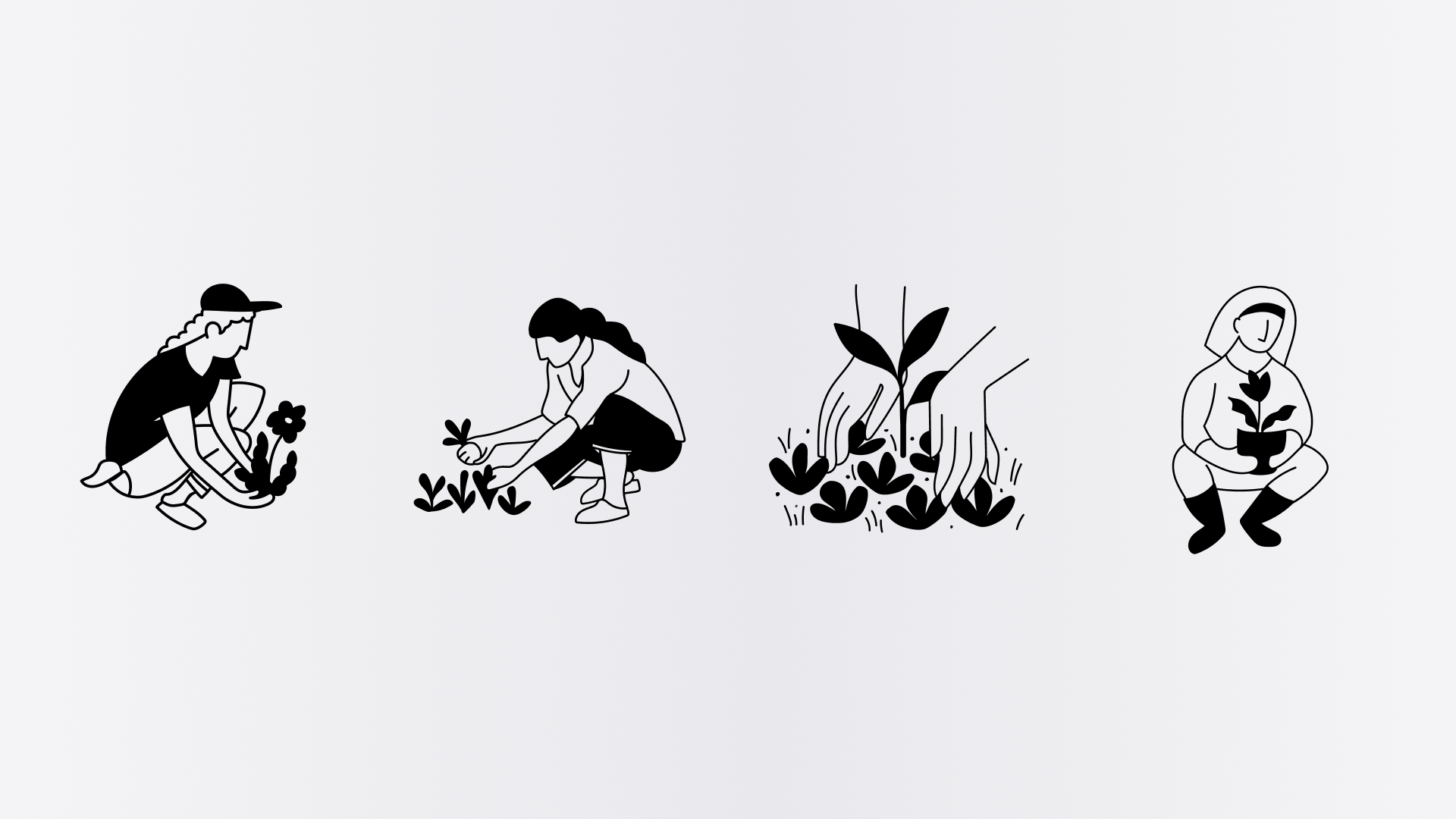
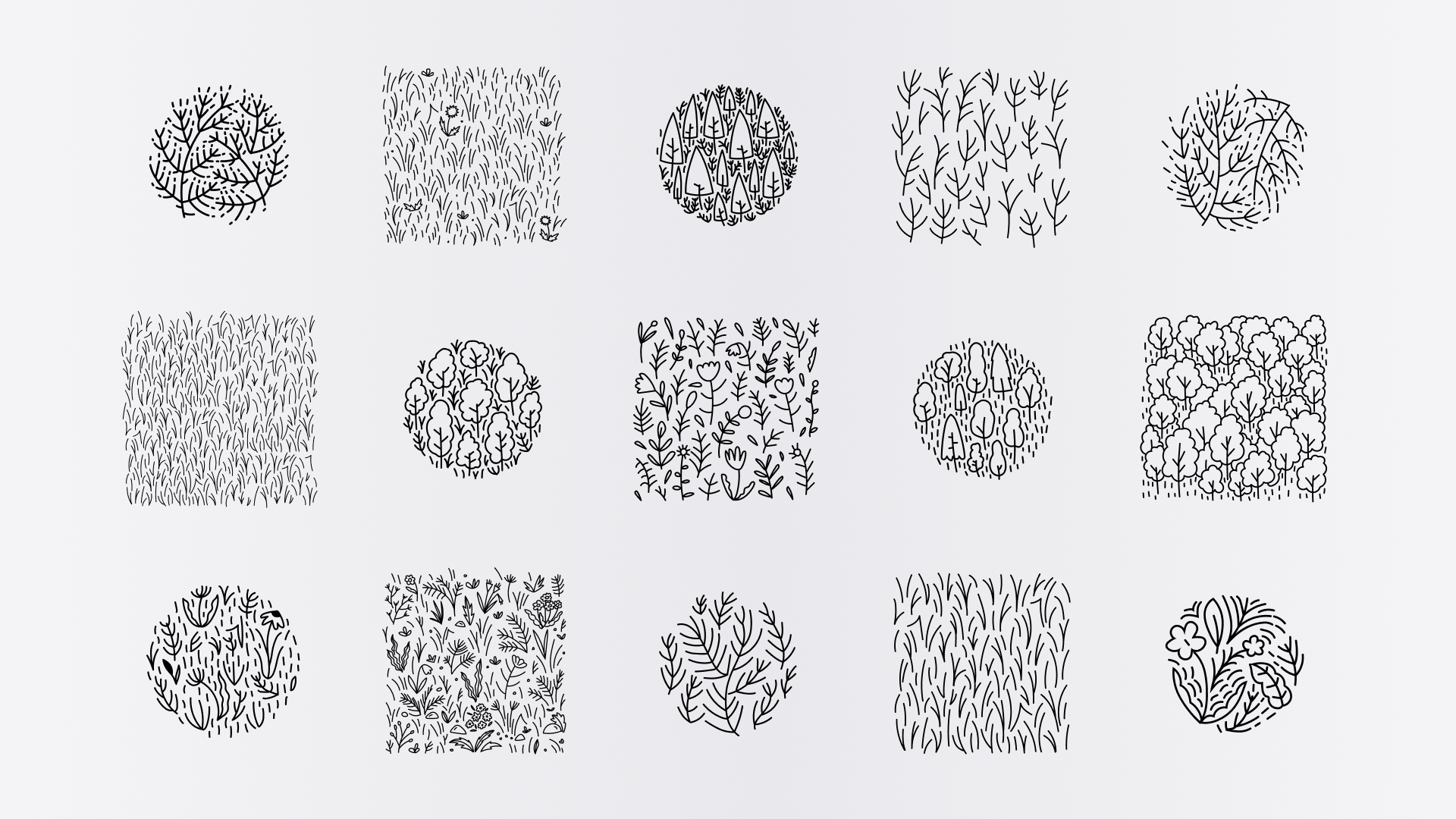
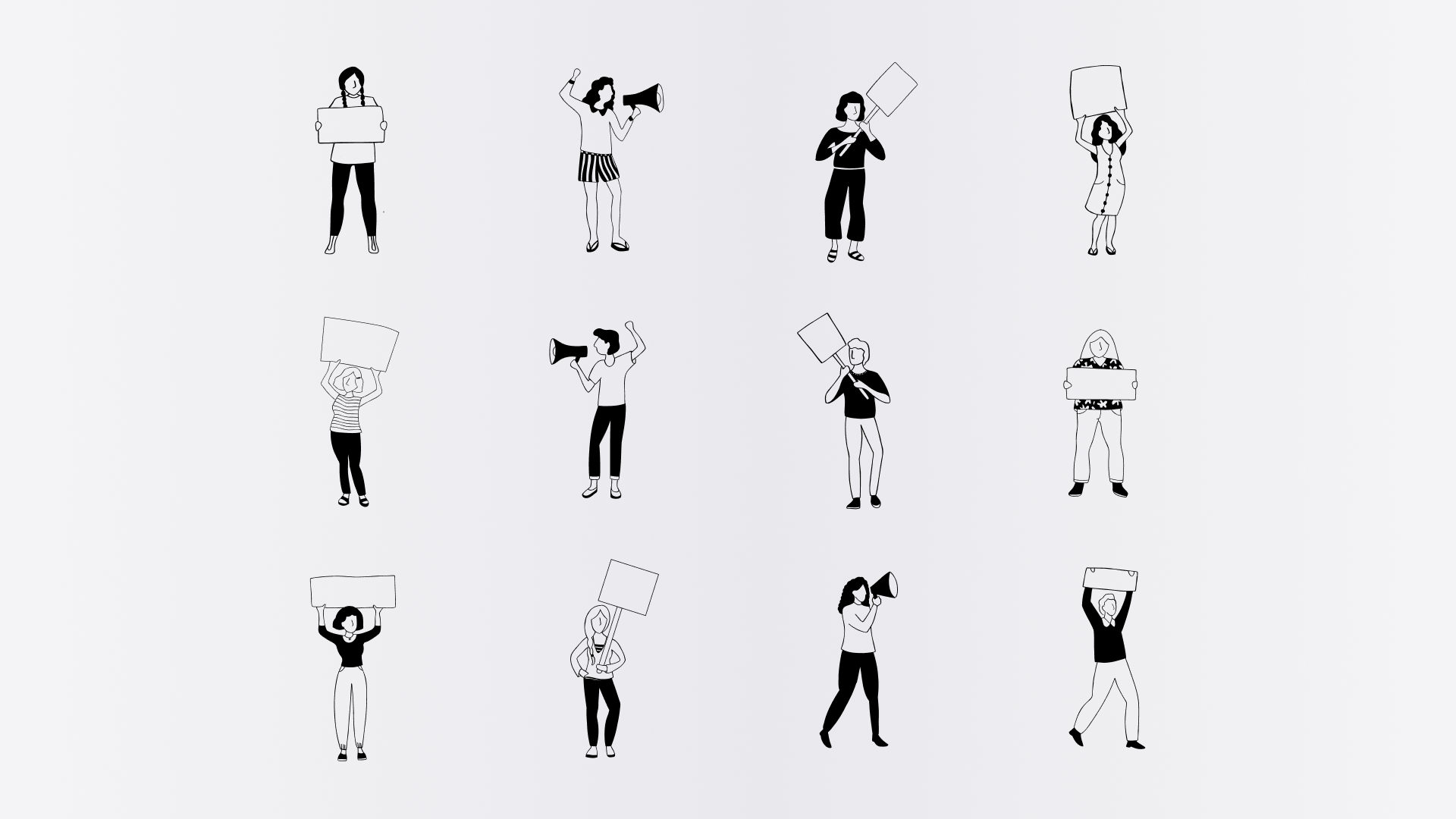
Icons from Sophie’s “Softscape” Noun Project profile.
What’s your creative process like and how do you approach creative collaboration?
My creative process - whether gardening, stitching or doodling - is typically somewhat messy and impulsive and driven by my “hungry hands” and a deep appreciation and need to make things grow (my messy process is perhaps most obvious when you look at the back of my stitched embroidery pieces). But at the same time, I’m drawn to creative acts that require me to slow down and practice patience, perhaps to balance the urgency I feel when compelled to create.
I always approach creative collaborations with curiosity and excitement about the potential outcomes. It’s important to me to ensure our values and expectations are aligned before I begin any project because I know its success depends on the strength of the relationship, and that needs to be based on reciprocity, communication, honesty and respect.
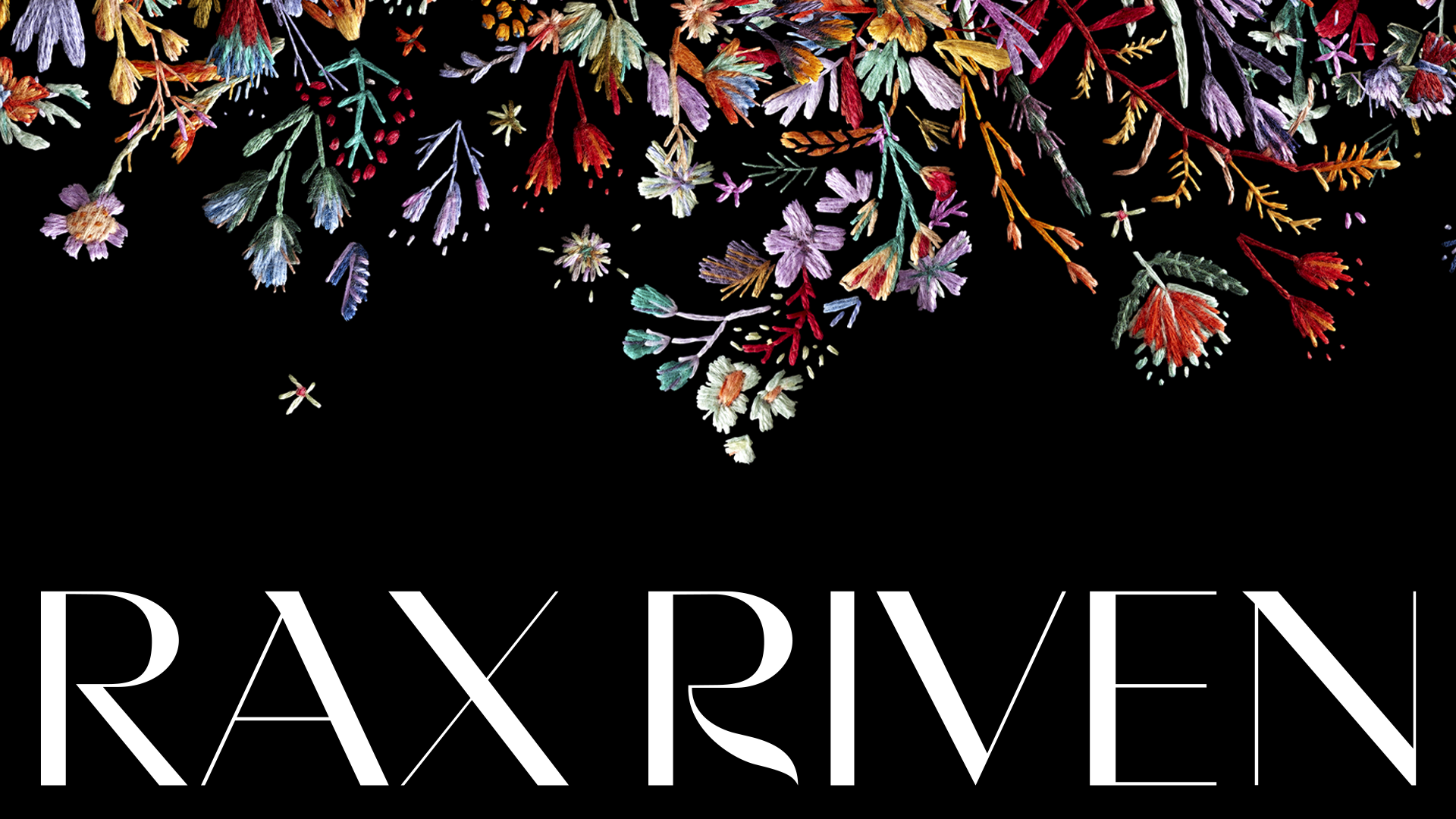
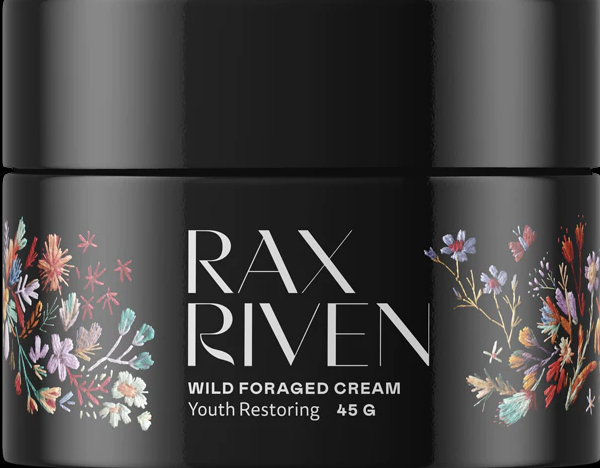
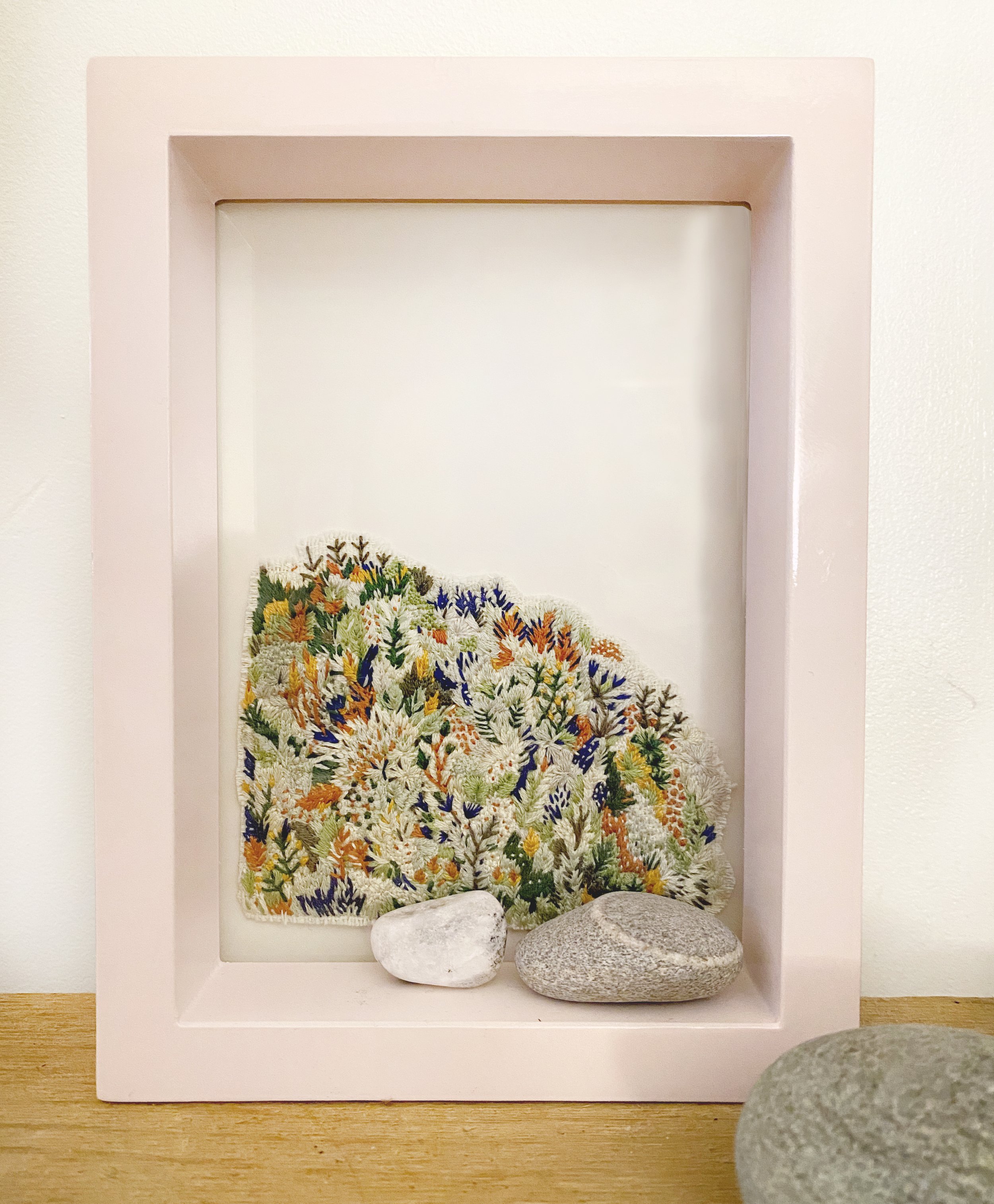
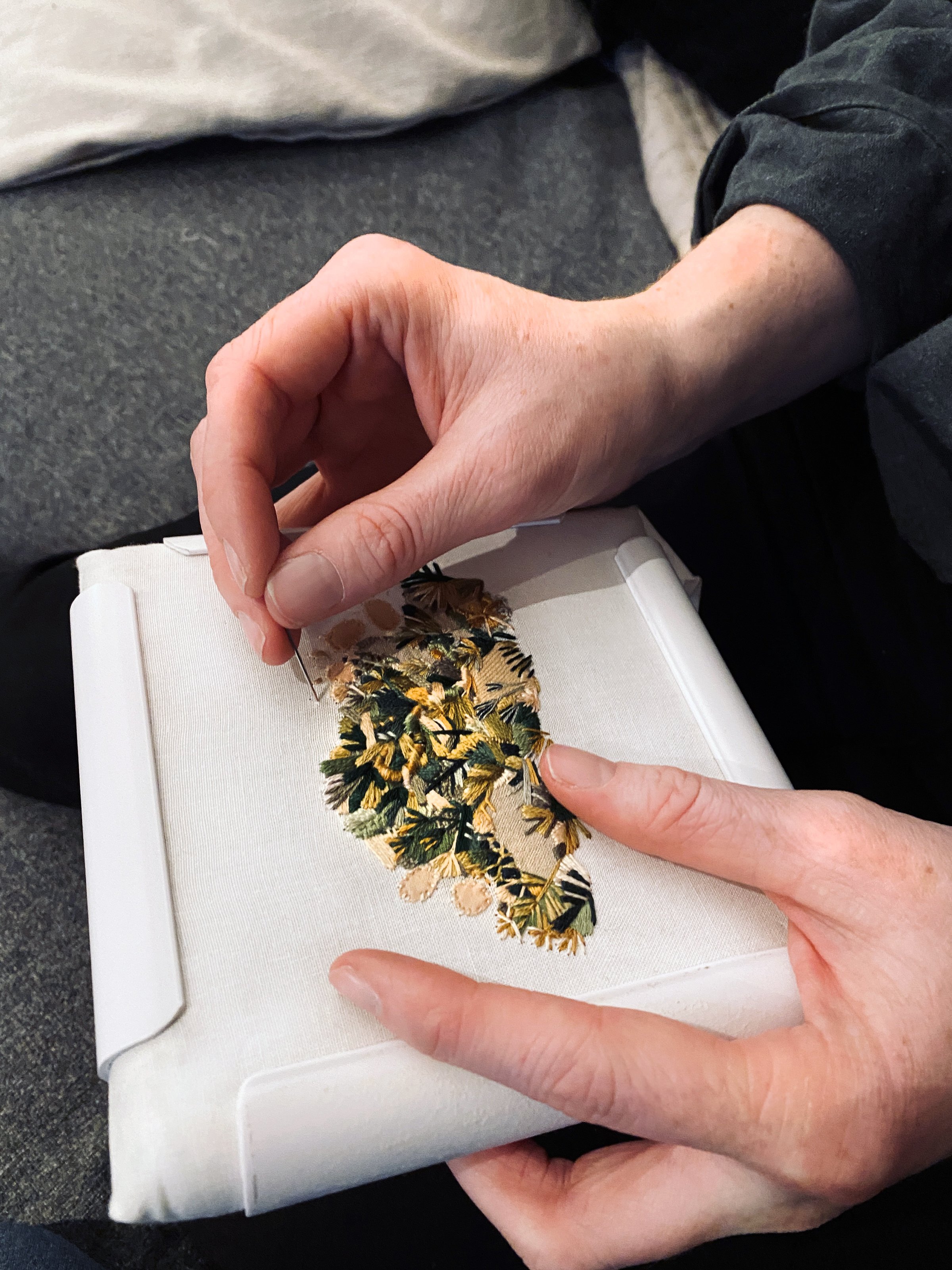

What’s been one of your favorite projects to work on so far and why?
That's a hard question! But I think stitching a design for the cover of an issue of Frankie Magazine will always be one of my favorite projects. Part of that is because it was the first commission I got that wasn't for a one-off stitched piece of embroidery, and I had never considered the possibility of my work translating in this particular way. But mostly, it was because the collaborative process with Frankie's team was so much fun. They had a couple ideas but were really supportive of the options I mocked up and worked through some of the technical challenges with me. I had never stitched text before, so it was rewarding to try something new. When I sent them a photo of the final piece, I included a photo of the messy back to share the "behind-the-scenes" process with them. I loved how they ended up incorporating that on the back of their cover - it confirmed our shared vision and appreciation for the work and process.
Where do you find creative inspiration?
Nature and art. The places I'm most likely to feel awe and get the impulse to create are art galleries and forests or gardens. But I also find inspiration every day when I’m out walking my dog – he’s very good at reminding me to slow down and look at even the smallest patch of nature in the city.
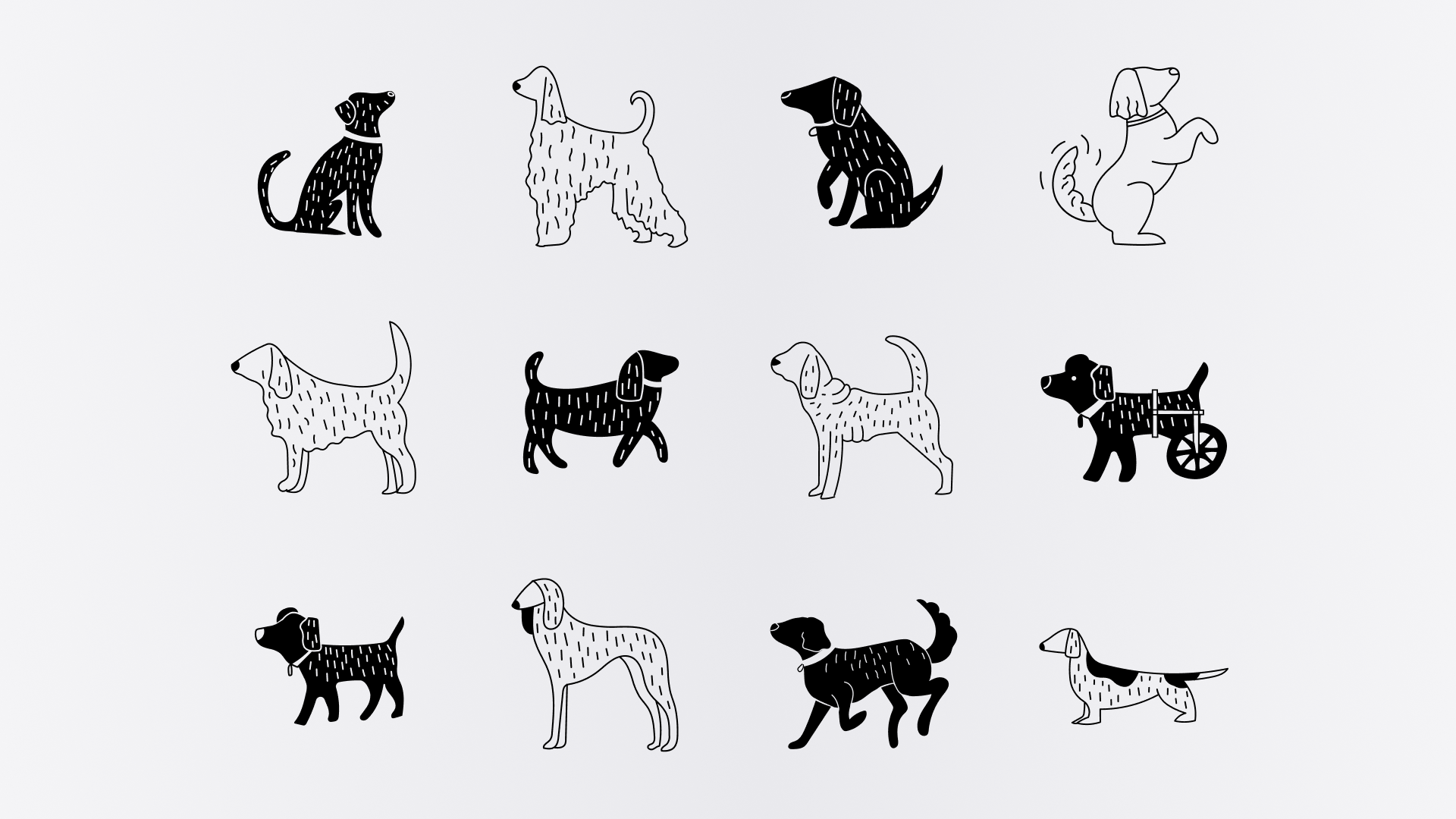
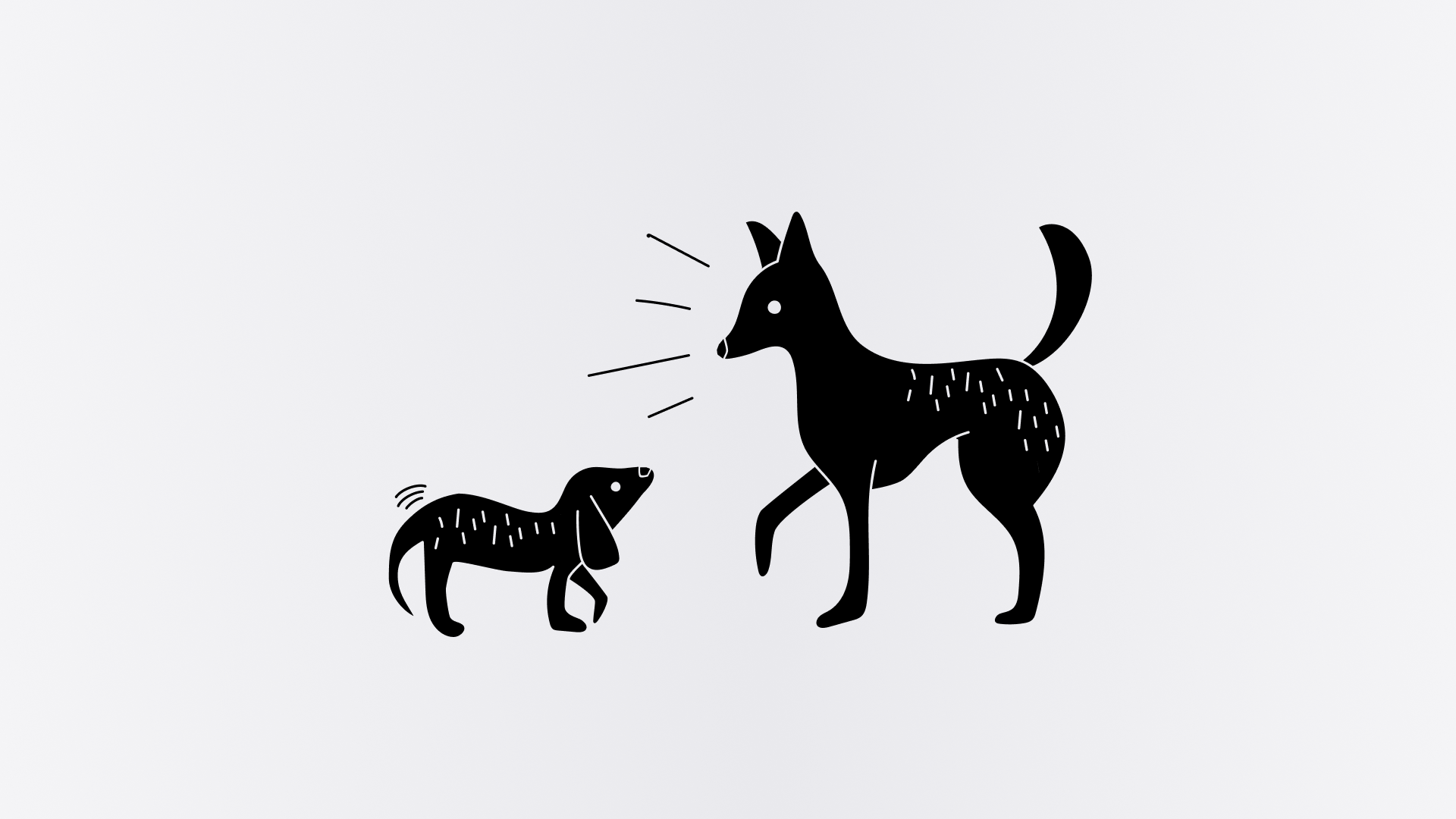
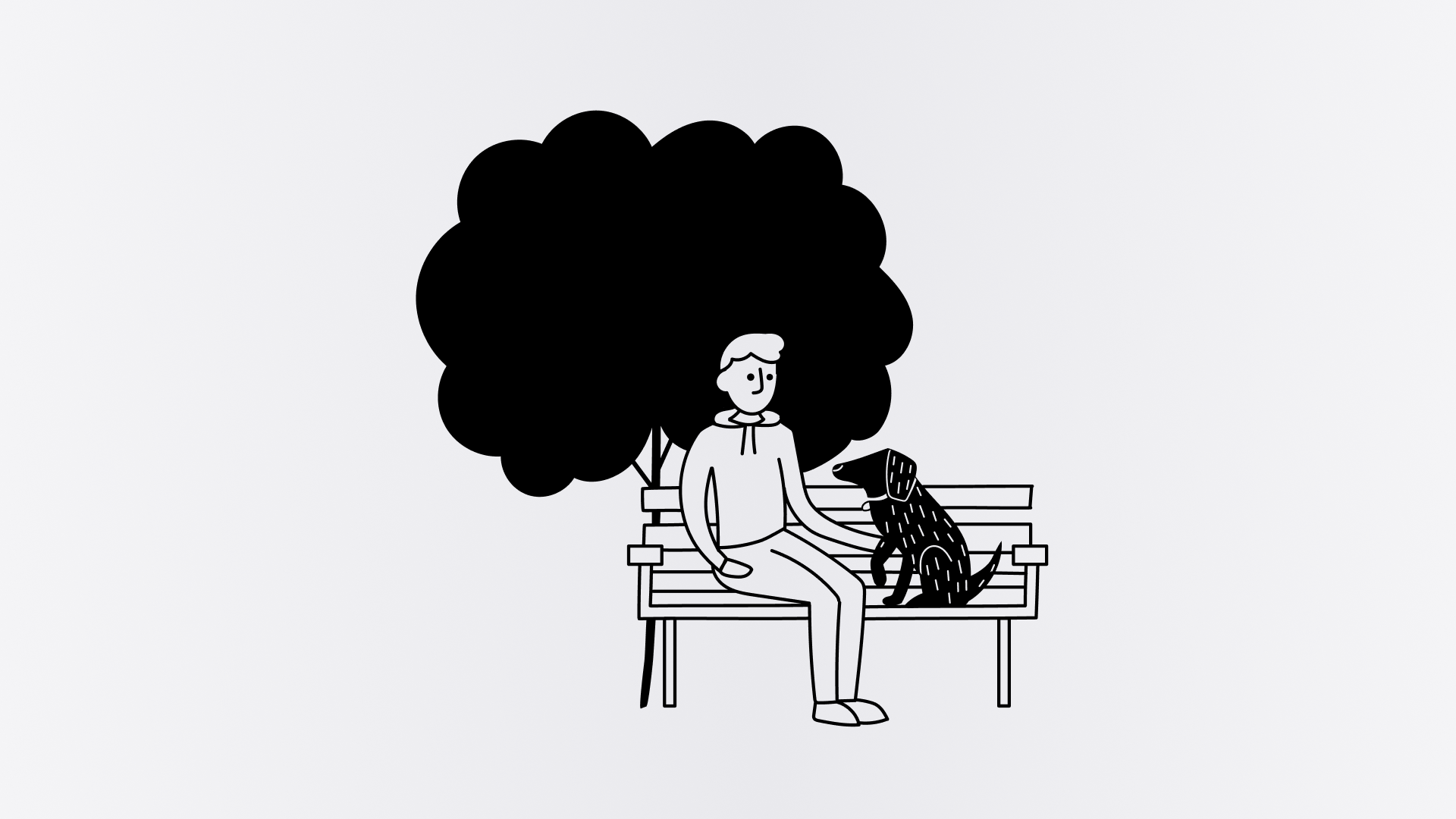
Sophie’s “Dog” icons on Noun Project.
What advice would you give to artists and designers just starting out or looking to strengthen their practice?
I really believe it’s essential that you fall in love with the process, not just the medium. For example, I’ve always really admired ceramics, but once I actually took a couple of classes in it, I realized the process wasn’t something I enjoyed enough to dedicate myself to. Creative practices take practice, so make sure you focus your energy and attention on work that energizes you, regardless of the anticipated outcome. The majority of the doodles and stitching I do never gets shared, but that’s ok because it’s all part of honing my craft and participating in a daily practice that I find meaningful.


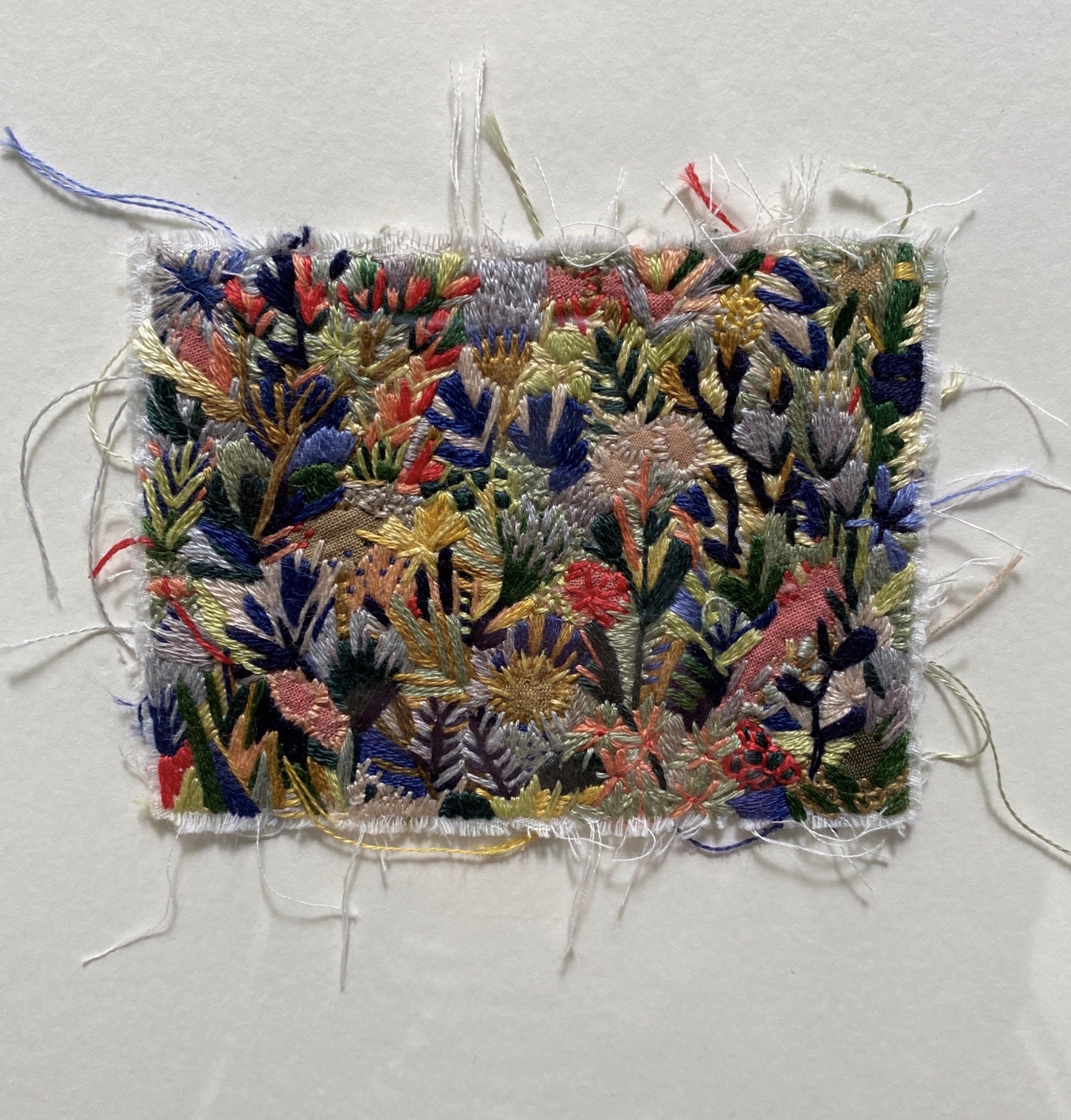
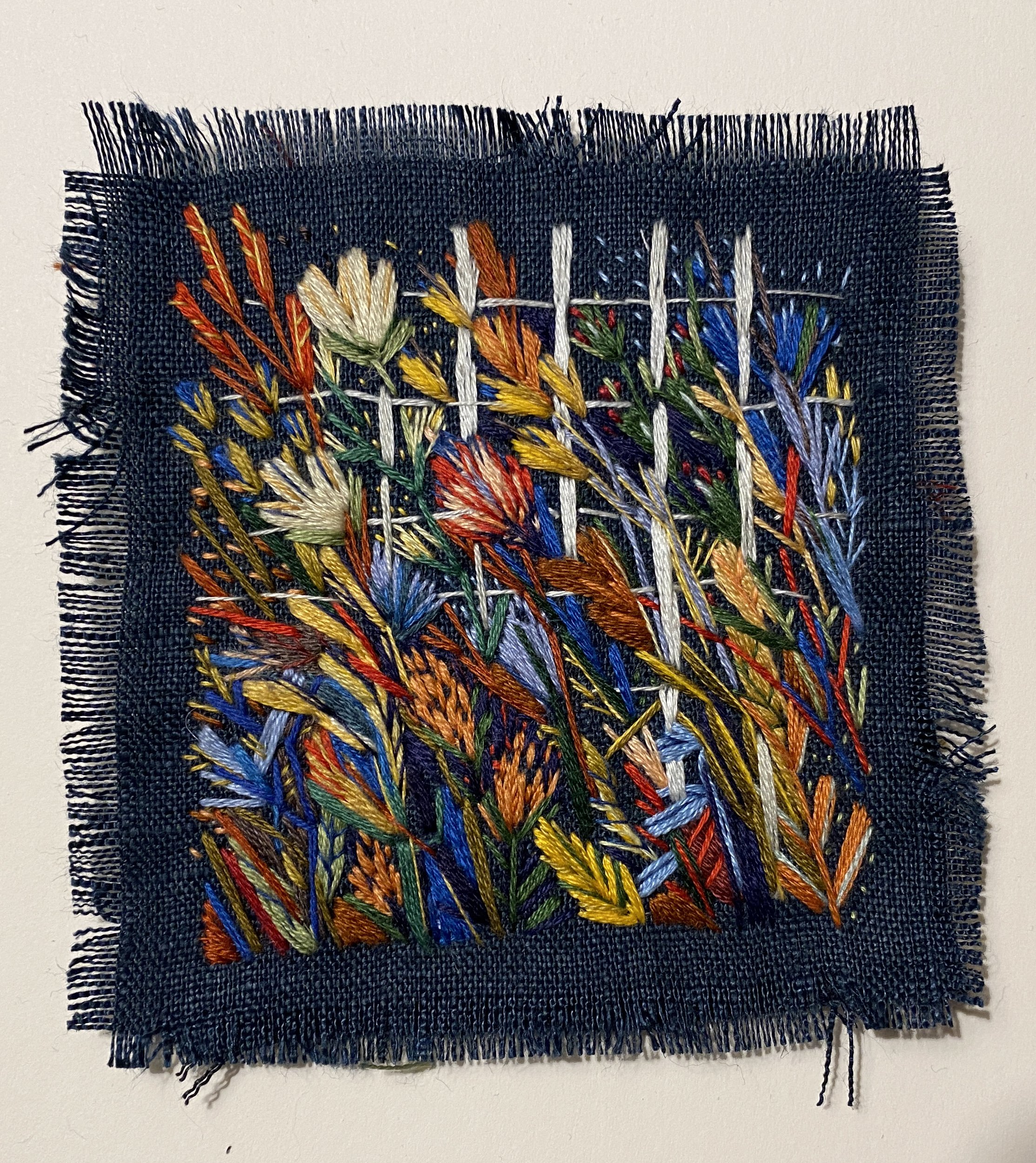
Thank you for sharing with us Sophie! To view more of Sophie’s work, visit her website, or Instagram, or Noun Project profile.
Sophie was nominated by Noun Project. All art courtesy of Sophie MacNeill.


